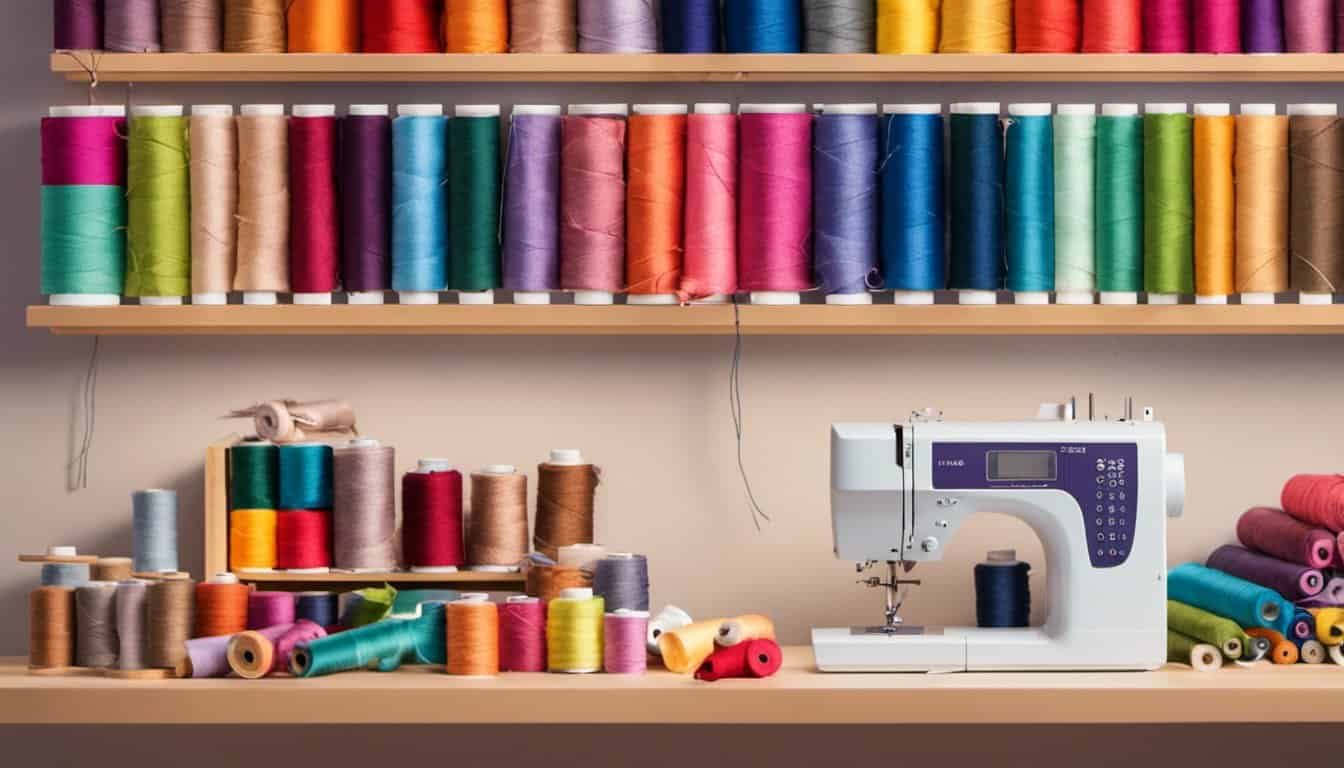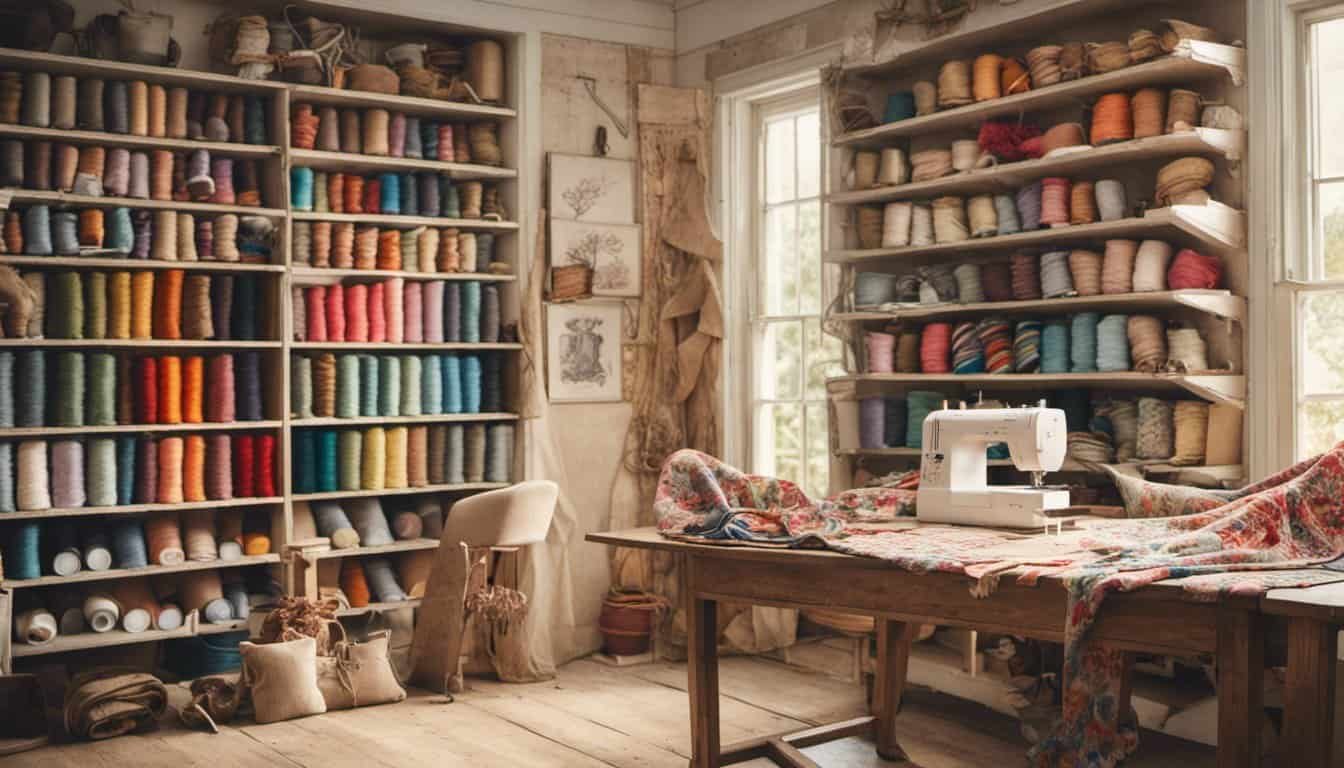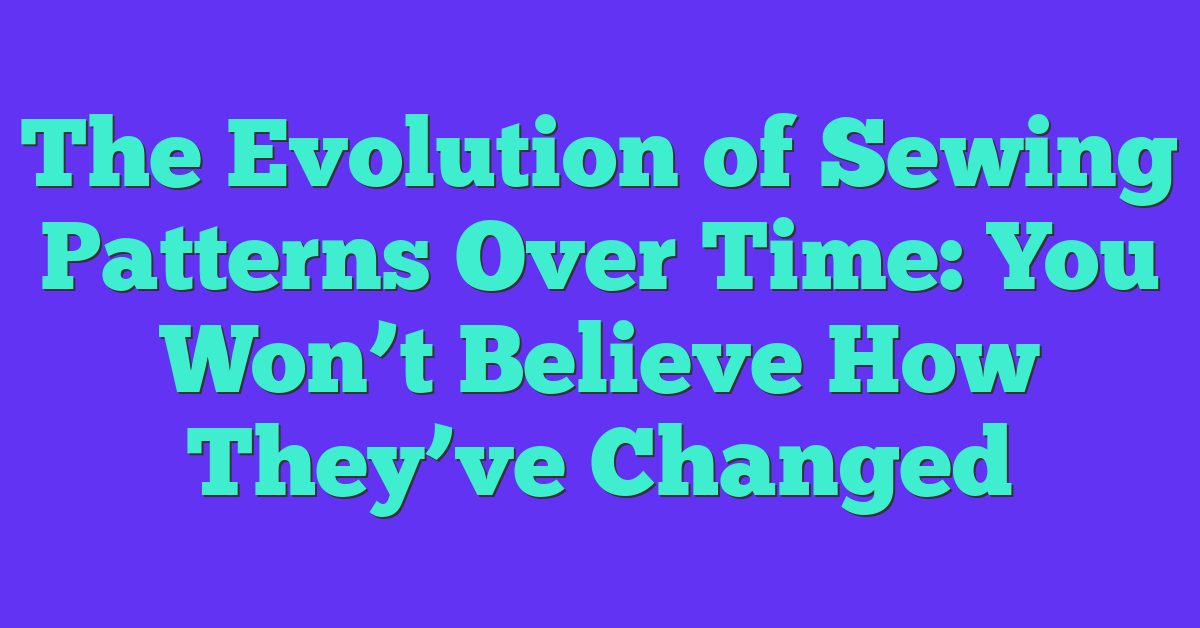Imagine picking up a vintage sewing pattern from your grandmother’s attic, wondering how styles have changed over the decades. You’re not alone in your curiosity. Sewing patterns have come a long way, reflecting shifts in fashion, technology, and personal expression.
Today, you have access to a vast array of patterns at your fingertips, from classic designs to modern, digital templates. Whether you’re a seasoned seamstress or just starting out, understanding the evolution of sewing patterns can inspire your next creative project and deepen your appreciation for this timeless craft.
Early History of Sewing Patterns
Sewing patterns trace back to the early 19th century when home sewing was essential for clothing. You relied on basic templates and hand-drawn guides to create garments. Before printed patterns, seamstresses used block patterns, which were simple outlines of garments traced onto fabric. These blocks served as the foundation for various clothing styles.
In 1851, the first commercially published sewing pattern emerged with the Butterick Pattern Company. They introduced pattern envelopes containing paper templates and instructions, making sewing more accessible. By the late 1800s, other companies like McCall’s and Simplicity followed suit, offering a wide range of designs for dresses, shirts, and accessories.
As mass production techniques advanced in the early 20th century, sewing patterns became more detailed and specialized. You could choose patterns based on size, style, and complexity, allowing for greater customization in your sewing projects. Publications like Vogue Patterns introduced fashion-forward designs, reflecting the latest trends and empowering you to create stylish garments at home.
Key Milestones in Early Sewing Patterns
Early 1800s
- Use of block patterns and hand-drawn templates
- Essential for home-based clothing production
1851
- Launch of Butterick Pattern Company
- Introduction of commercially published sewing patterns
Late 1800s to Early 1900s
- Emergence of McCall’s and Simplicity patterns
- Expansion of pattern varieties and styles
- Advances in mass production
- Availability of detailed and specialized patterns
- Rise of fashion-oriented pattern publications
These developments laid the groundwork for the diverse and accessible sewing patterns you enjoy today. Understanding their origins helps you appreciate the craftsmanship and innovation that continue to shape the world of sewing.
Industrial Advancements in Pattern Making
Industrial advancements transformed pattern making, enhancing efficiency and precision in the sewing industry. These innovations enabled the production of more complex and accessible sewing patterns.
Mass Production Techniques
Mass production techniques revolutionized pattern making by streamlining the creation and distribution processes. Automated cutting machines increased accuracy, reducing waste by 20% in the 1950s. Conveyor belt systems allowed pattern components to be assembled quickly, enabling companies like Butterick and McCall’s to produce thousands of patterns annually. Digital printing methods introduced in the late 20th century further accelerated production, making a wide variety of designs available to consumers.
Standardization of Sizes
Standardization of sizes ensured consistency and fit across different sewing patterns. The introduction of size charts in the 1920s provided a uniform framework, allowing seamstresses to choose patterns that matched their measurements accurately. Companies implemented grading techniques to scale patterns up or down efficiently, offering sizes from XS to XXL. This standardization eliminated the guesswork in pattern adjustments, making sewing more accessible and reducing the time needed for alterations.
The Golden Age of Sewing Patterns
The Golden Age of sewing patterns spanned the mid-20th century, a time when pattern companies flourished and home sewing reached new heights. During this period, pattern catalogs became essential resources for sewists nationwide.
Rise of Pattern Catalogs
Pattern catalogs expanded the accessibility of sewing patterns, offering a wide range of designs directly to consumers. Companies like McCall’s, Simplicity, and Vogue Patterns distributed thousands of patterns annually through mailed catalogs. These catalogs featured detailed illustrations, size charts, and step-by-step instructions, enabling sewists to create fashionable garments at home. The convenience of ordering patterns from catalogs eliminated the need for local availability, allowing for greater diversity in clothing styles and facilitating the spread of the latest fashion trends.
Influential Pattern Designers
Several designers made significant contributions to the Golden Age of sewing patterns, shaping the industry and inspiring countless sewists:
- Eleanor Burns: Known for her innovative designs and practical instructions, Burns introduced patterns that catered to both beginners and experienced sewists.
- Adele Simpson: Simpson’s patterns emphasized timeless elegance and versatility, offering designs that remained popular for decades.
- Helen Wood: Renowned for her pioneering work in women’s sportswear patterns, Wood expanded the range of casual and active clothing available to home sewists.
- S.B. Coon: Coon’s patterns were celebrated for their intricate details and high-quality illustrations, setting a standard for pattern design excellence.
These designers not only created popular patterns but also influenced the aesthetic and functional aspects of home sewing, ensuring the Golden Age remained a vibrant and dynamic era for sewing enthusiasts.
Technological Innovations Shaping Patterns
Advancements in technology continue to transform sewing patterns, enhancing precision and accessibility. These innovations empower you to create custom designs with ease.

Computer-Aided Design
Computer-Aided Design (CAD) revolutionizes pattern making by enabling precise measurements and intricate designs. Software like Adobe Illustrator and specialized CAD programs allow you to draft, modify, and scale patterns digitally. This technology reduces errors and streamlines the design process, making it easier to experiment with different styles and fits. Additionally, CAD facilitates the reuse and sharing of patterns, ensuring consistency across multiple projects.
Digital Pattern Sharing
Digital pattern sharing platforms have expanded access to a vast array of designs from around the world. Websites such as Etsy, Pinterest, and specialized sewing communities allow you to download and print patterns instantly. This shift from physical envelopes to digital files offers greater flexibility and convenience, enabling you to work from anywhere. Moreover, digital sharing fosters a collaborative environment where you can exchange ideas, receive feedback, and stay updated with the latest trends in sewing.
Contemporary Trends in Sewing Patterns
Digital transformation continues to shape sewing patterns, offering you unparalleled access and flexibility. Online marketplaces like Etsy and independent designers provide thousands of patterns that you can download instantly. This convenience allows you to experiment with diverse styles without waiting for shipping.
Sustainability plays a crucial role in today’s sewing patterns. Eco-friendly patterns use recycled materials and promote zero-waste designs. By choosing these patterns, you contribute to reducing the environmental impact of your sewing projects.
Inclusivity has become a significant trend, ensuring patterns cater to all body types and sizes. Brands now offer extended size ranges and adjustable designs, making sewing more accessible to everyone. This shift fosters a more diverse and supportive sewing community.
« How to Learn Pattern Making Online: 7 Secrets the Pros Don’t Want You to Know
You Won’t Believe These Are the Best Apps for Sewing Beginners »
Customization options enable you to personalize your garments effortlessly. Many patterns include adjustable features, allowing you to modify lengths, widths, and styles to suit your preferences. This flexibility ensures your creations reflect your unique taste and fit perfectly.
Subscription-based services offer you a steady stream of new patterns each month. Platforms like Pattern Review and independent designers provide exclusive access to the latest trends and unique designs. Subscriptions keep your sewing projects fresh and exciting, inspiring continuous creativity.
Modular and versatile pattern designs allow you to create multiple garments from a single template. These patterns offer interchangeable parts, such as sleeves, collars, and hemlines, giving you the freedom to mix and match elements. This versatility maximizes your pattern library and expands your sewing possibilities.
Integration with social media enhances your sewing experience by connecting you with a global community. Platforms like Instagram and Pinterest showcase patterns and finished projects, providing inspiration and support. Engaging with these communities helps you stay updated with the latest trends and techniques.
3D printing technology is beginning to influence pattern making, offering precise and intricate designs. Although still emerging, this technology promises to streamline the pattern creation process and introduce new possibilities for complex garments. Embracing these innovations keeps your sewing practice at the cutting edge.

By embracing these contemporary trends, you enhance your sewing experience with greater accessibility, sustainability, and creativity. Staying informed and adaptable allows you to make the most of the evolving world of sewing patterns.
Conclusion
Sewing patterns have come a long way and continue to inspire your creativity today. With so many options available, you can find designs that match your style and skill level. Embracing both traditional and modern techniques allows you to create unique pieces that reflect your personal touch.
Technology has made sewing more accessible than ever, giving you the tools to explore endless possibilities. Whether you’re a seasoned sewist or just starting out, there’s always something new to discover in the world of sewing patterns. Keep experimenting and enjoy the journey as you bring your ideas to life.
Your passion for sewing connects you to a rich history and a vibrant community. Stay inspired and let the evolution of sewing patterns fuel your creativity for many projects to come.


















